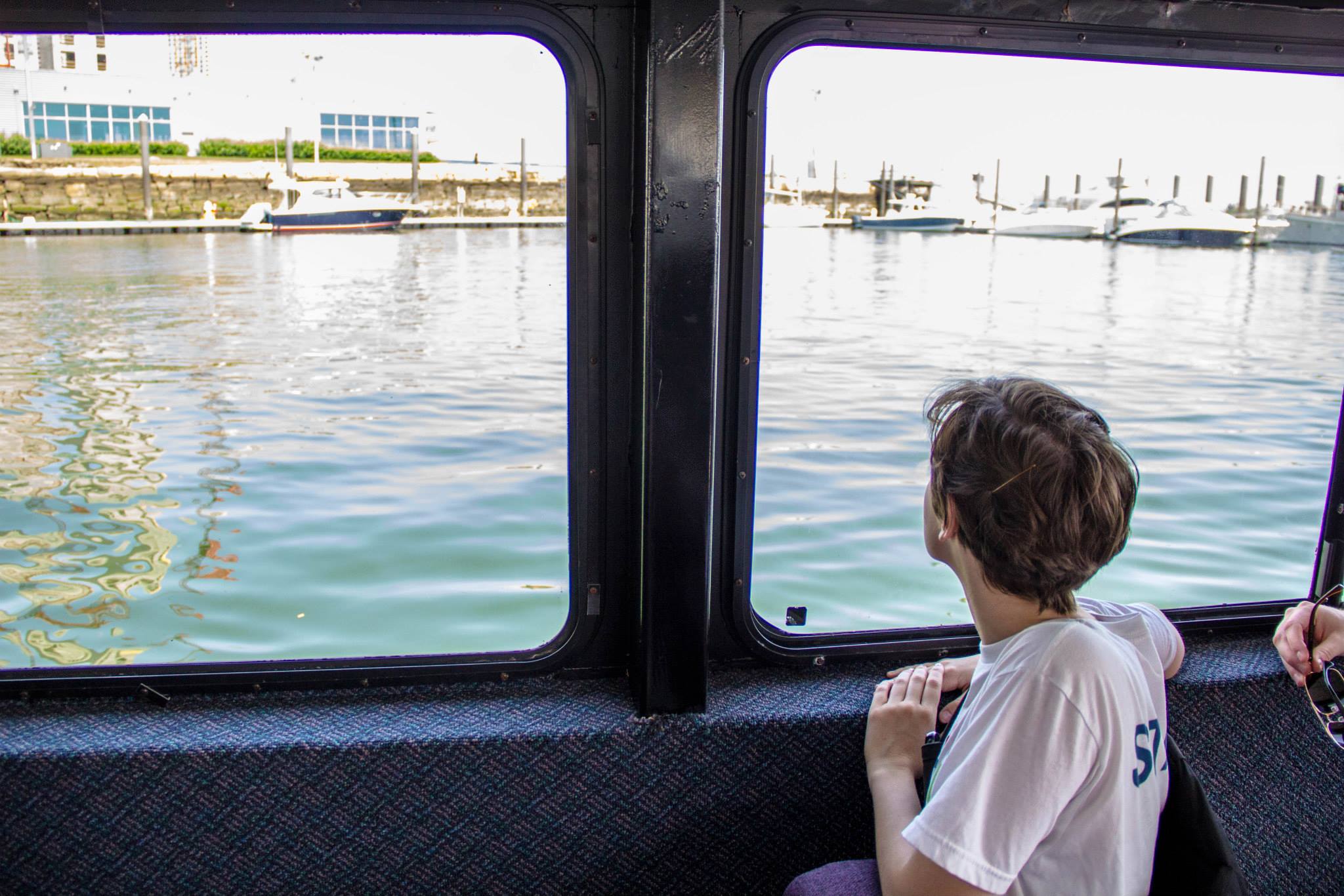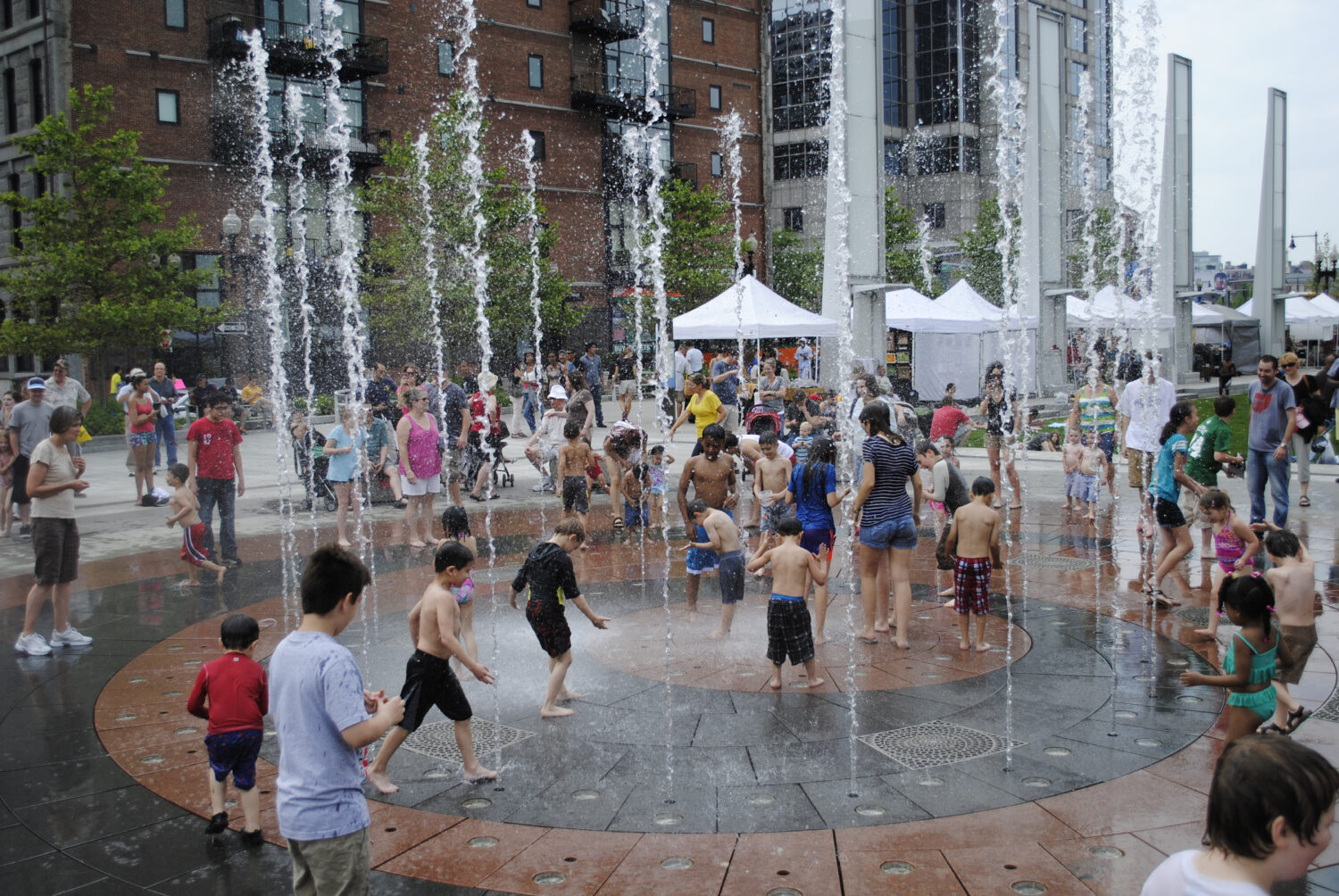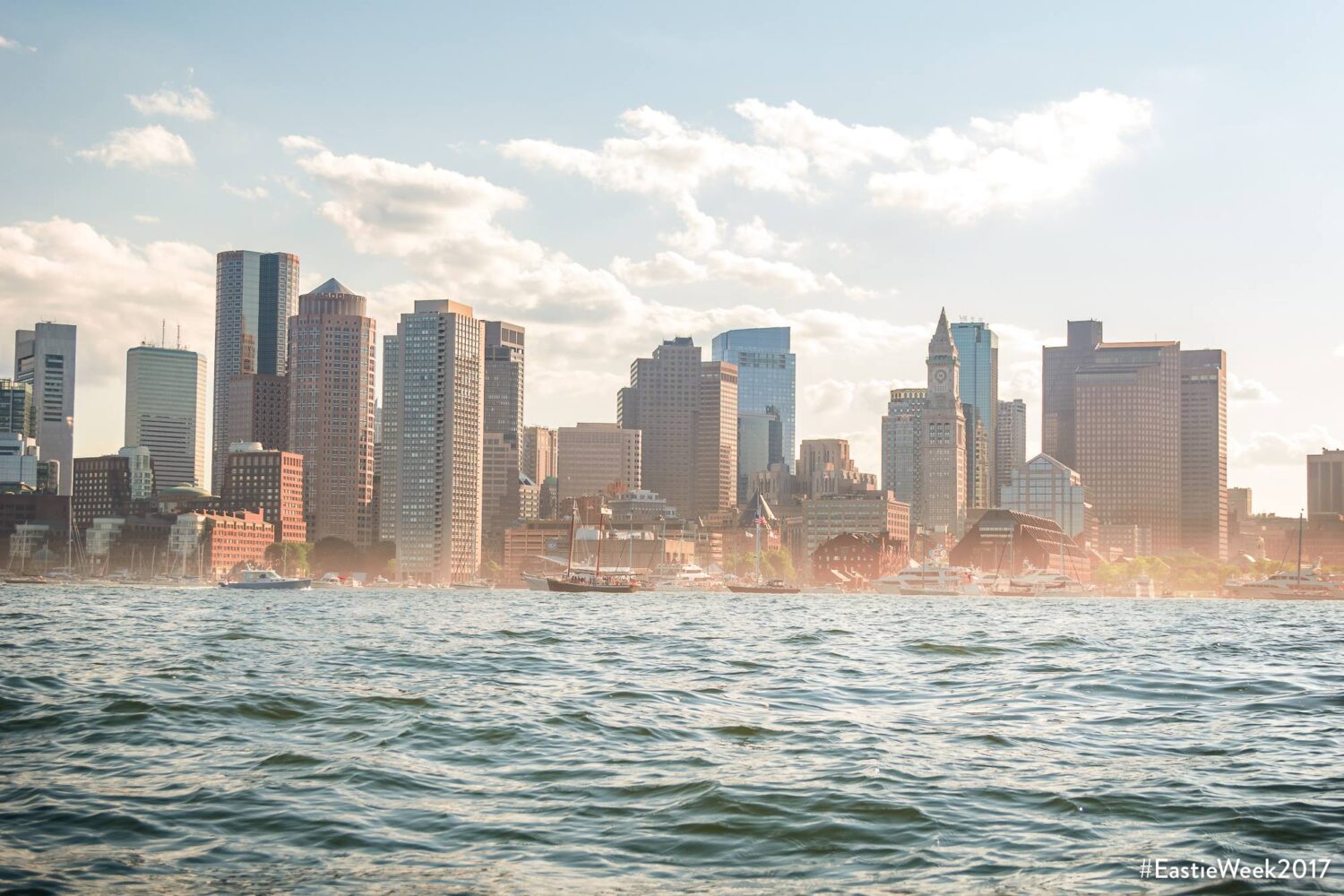Good afternoon. My name is Jim Canales, and I serve as president and trustee of the Barr Foundation.I am grateful for the opportunity to share my perspective about water transportation, from the vantage point of a philanthropic organization committed to issues of mobility, climate resilience, and a great public realm along Boston’s waterfront.
As this hearing attests, there is tremendous interest in the waterfront right now. With respect to water transportation, there is also some good coordination that has already begun, and the range of interested parties represented today speaks well for the opportunities for collaboration to be productive. Barr is delighted to be part of this effort, and I’d like to thank City Councilors Sal LaMattina and Bill Linehan for calling today’s hearing and offering all of us the opportunity to share our perspectives and ideas.
About the Barr Foundation
Let me begin with brief background on the Barr Foundation: We are a philanthropic foundation based in Boston that will grant approximately $73 million in 2016 across the region to advance our mission of investing in human, natural, and creative potential. We were formed in the late 1990s and focus our work in three principal areas: Arts and Creativity; Climate; and Education.
Relevant to this conversation today, within our Climate program, one of our two principal priorities is mobility, where our emphasis is on what we call “smarter travel and smarter places.”
A key piece of what we mean by “smarter” is travel that it is holistic and integrated; that is, mobility that provides multiple options for people to get around the city and region better, to ease congestion, to better connect communities, and to give people more choices. We also care about continuing reductions in greenhouse gas emissions by finding alternatives to getting in a car as the best way for people to get where they need to go. Given the geography of Greater Boston—defined in so many ways by its waterfronts—and increasing density along the waterfront in Boston, you can easily see how water transportation fits in that bigger vision.
Barr Foundation’s Waterfront Initiative
In addition to Barr’s focus on mobility, we recently launched a special initiative on Boston’s waterfront. As a foundation, we are in unique position to take a long-term view and, we hope, be a constructive partner to others who share similar aspirations and beliefs in what is possible.
Our interest in the future of Boston’s waterfront emanates from a recognition that Boston’s Harbor and waterfront are treasures, and vital public assets that deserves thoughtful stewardship. The goal of Barr’s waterfront investments is to ensure the realization of a great public realm throughout Boston’s waterfront—one that embraces climate resiliency, ensures accessibility and inclusiveness, promotes open space, advances mobility, and demonstrates great design. In this context, what interests us about water transportation is not merely an affinity for boats, but the potential that an efficient and comprehensive water transportation system could serve a broader set of goals and vision for Boston’s waterfront.
Context for Water Transportation Today
So, in our view, this is the right time for this conversation about water transportation. It is occurring in the context of larger visioning and planning for the future of Boston, and we have been encouraged by the efforts of City and State leaders to be aspirational in their approach to mobility and public realm planning.
The opportunity here is not merely to explore the possibility of creating a ferry system, but to consider how we might reimagine our waterways in ways that serve a broader transportation vision to connect all neighborhoods.
In this context, the potential of a ferry system is compelling to us for two principal reasons:
First, such a system can be a catalyst for activating our imagination for the entire waterfront—how water transportation can connect to the rest of the City by foot and public transit and support a variety of public activities and interesting destination points along the waterfront.
And second, water transportation could play a critical role when considered in the context of a broader vision for transportation in the region. And this might also dovetail with other facets of Barr’s work, with the City, with the Green Ribbon Commission, and many others who are participating in the Go Boston 2030 effort to articulate a long-term vision for mobility in the region.
Barr as a Constructive Partner
So, let me now conclude by focusing on those ways where the Barr Foundation might be a constructive partner in this exploration. At this time, we see one of our principal roles as supporting rigorous analysis of some of the key questions before us.
While we are optimistic about the potential of water transportation and what it could bring to our city, we believe that a critical first step ought to be sound technical analysis to help address at least the following questions:
- What might the prospective ridership be?
- How could a more robust water transportation system connect with other transit modes, and what impact would it have on those other modes?
- What would be a financially sustainable business model?
- And, an important consideration for us at Barr given our focus on climate, how would a robust water transportation system both improve mobility and reduce greenhouse gases?
Many of these questions will be explored through the Request for Information (RFI) that Boston Harbor Now has already initiated. We are pleased to see how carefully thought out the RFI has been. We hope that process will remain open and transparent once the consultants are selected, to ensure maximum public buy-in, and to foster creative public-private partnerships, so we don’t have a lot of disparate organizations looking at this in disconnected ways.
As one model, Barr has been supportive of this same manner of holistic thinking and planning, and broad community engagement through the Go Boston 2030 planning effort, which has established a goal that every household be no more than a 10-minute walk from public transit options. Imagine if water transportation were part of how the city reached that goal.
Yet another example, which may serve as parallel to this exploration of ferry service, is Bus Rapid Transit, or BRT. BRT is another promising solution that is working in leading global cities. Barr’s role in exploring the viability of bringing BRT to Boston has included the following:
- We funded an analysis to explore whether BRT was technically feasible and where it would make the most sense.
- We convened and supported leaders in transportation, as well as those from communities where we might try BRT in order to do outreach, to test interest, and improve the concept based on community input.
- We sponsored learning tours for community, civic, and government leaders to see how leading cities are implementing BRT, to be inspired by their example, and to import ideas that may work for us in Boston.
- We are currently supporting active exploration with both the City and State regarding how to implement a pilot of Gold Standard BRT in Boston.
We may not follow the same blueprint with water transportation, but the BRT example gives you a sense of the ways you might think of the Barr Foundation as a partner.
So, to end where I began: I express our gratitude that you have called this conversation, and I want to be certain to convey our organization’s enthusiasm for the potential here. If done well, there’s no reason Boston can’t create a water transportation system on par with cities like New York, San Francisco, and Amsterdam—a system that, perhaps most importantly, connects to a broader vision, and that complements and seamlessly connects to our multi-modal transportation network and an expanding set of high-quality choices for how people get around our city.
Thank you for the invitation, and we look forward to staying engaged in this process.




